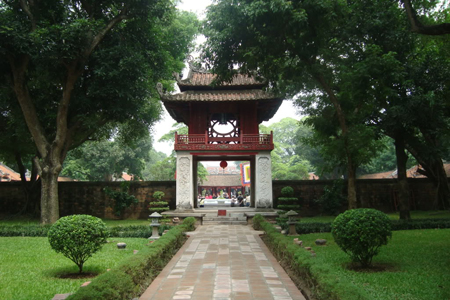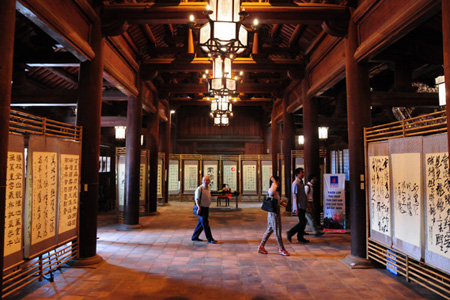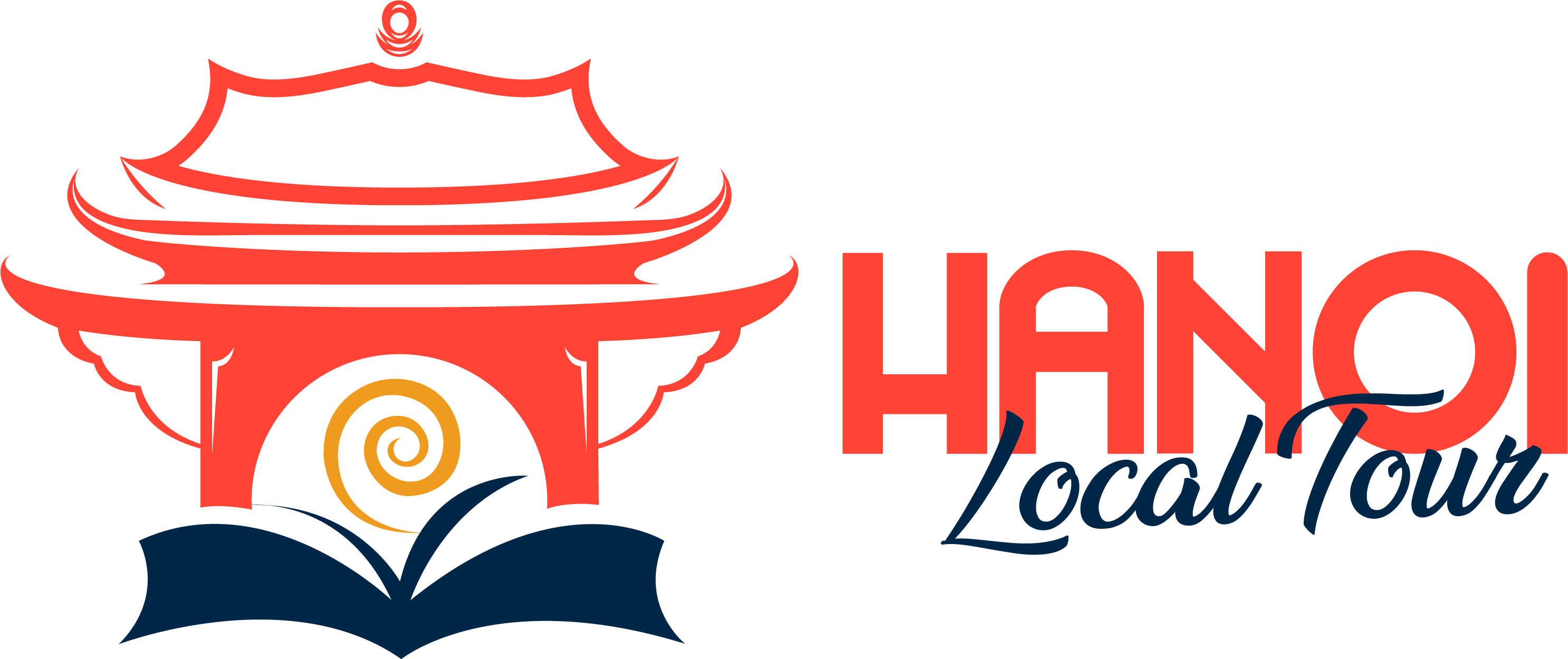Temple of Literature or its Vietnamese name “Van Mieu – Quoc Tu Giam” is an educational symbol in Vietnam. According to history, Temple of Literature was established in 1070 by Emperor Ly Thanh Tong, which was dedicated to Confucius and principles of Confucianism. Six years later, in 1076, Quoc Tu Giam was founded by Emperor Ly Nhan Tong and it is the first national university in Vietnam. Firstly, only children from royal and noble families can enter the school. After that, in 1253, it was widely open for talented people over the country.

Temple of Literature has five main courtyards with unique traditional architecture. Here, Constellation of Pavilion is a symbol of Hanoi, which features Confucianism education and scholars. In feudalism time, it was indicated by emperors that “Talented people are national valuable resource”. So, in the third courtyard, there are 82 stone stelaes with names and origins of 1307 doctorates corresponding to 82 national examinations from 1442 to 1779. These stone stelaes were recognized as World Documentary Heritage in program “Memory of the World” by UNESCO in 2009.

In the fourth courtyard, it is the main altar worshipping Confucius and his 72 best students of all time. Once upon a time, Confucianism was very important in feudalism society besides Buddhism and Taoism. The last courtyard called Thai Hoc House was reconstruction in 1999, which used to be Quoc Tu Giam – the first university in Vietnam. Thai Hoc House holds a collection of old time costumes for students and mandarins as well as explanation the process of taking and passing the national exams.
Nowadays, Temple of Literature is the most popular place where local authorities choose to cherish brilliant students in northern Vietnam, such as those with top entrance results to university or top graduation outcomes. With its 945 years of history, Temple of Literature is one of must-see attractions in Hanoi for tourists.
